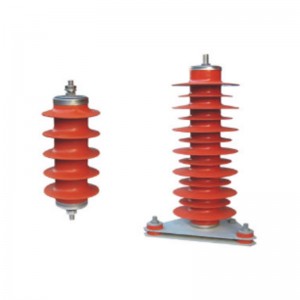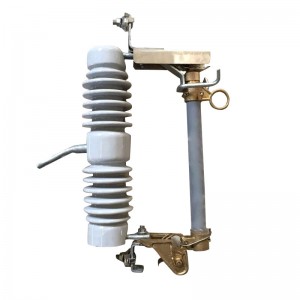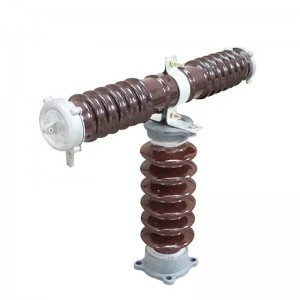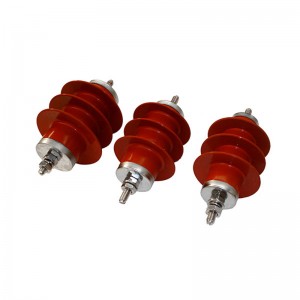High Quality Lightning Arrester Product
The Working Principle of Arrester
Zinc oxide arrester is a new type of arrester developed in the 1970s, which is mainly composed of zinc oxide varistor. Each varistor has its certain switching voltage (called varistor voltage) when it is made. Under normal working voltage (that is, less than the varistor voltage), the varistor value is very large, which is equivalent to the insulating state, but in the normal working voltage (that is, less than the varistor voltage) Under the action of the impulse voltage (greater than the varistor voltage), the varistor is broken down at a low value, which is equivalent to a short circuit state. However, after the varistor is struck, the insulating state can be restored; when the voltage higher than the varistor voltage is withdrawn, it returns to the high-resistance state. Therefore, if a zinc oxide arrester is installed on the power line, when a lightning strike occurs, the high voltage of the lightning wave causes the varistor to break down, and the lightning current flows into the ground through the varistor, which can control the voltage on the power line within a safe range. Thereby protecting the safety of electrical equipment.






